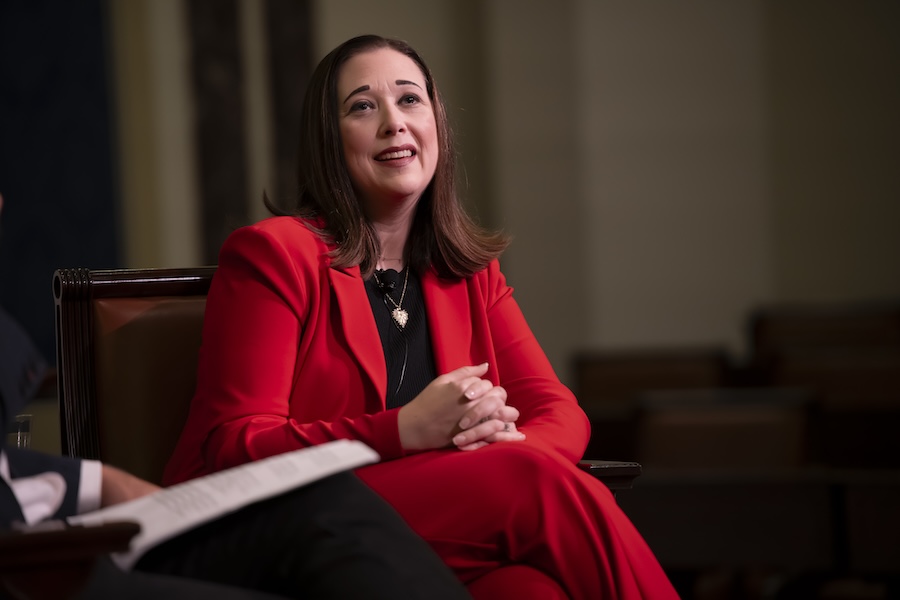Employees Have Higher Expectations for Career Development: How Companies Can Respond


Can companies rooted in tradition and rich cultural legacies adapt to today’s work culture and meet employees’ expectations? “One of the misnomers of longevity in companies is that they’re stuck in their ways,” Cindy Ryan, the head of human resources at MassMutual, told Harvard Business Review’s editor in chief, Adi Ignatius. “Companies with longevity are the ones that must be agile. We have to meet the changing needs of our policy holders and our employees.”
Ryan spoke with Ignatius about workforce agility and development during a fireside chat at From Day One’s Boston conference. At MassMutual, one of the ways they stay agile is by fostering an environment where people are encouraged to learn and continually look for ways to improve and challenge the status quo.
This creates an environment of learning and growth in which employees recognize that mistakes are part of the process and that their efforts are appreciated. “Whenever we do something, we often say, ‘How could we have done this better? How can we do this differently in the future?’ That’s a big piece of it,” Ryan said.
This mindset directly impacts how leaders are trained, especially in the wake of Covid, which shifted employee and leadership expectations. “I think the pandemic put into perspective the things that were most important to [employees] and how they wanted to grow,” said Ryan. Post-pandemic, “most workforces are now dispersed, leaders must introduce new techniques and technologies into the way the lead as employee expectations are different. Setting clear accountability and expectations are key; coaching becomes super important,” she said.
The Power of Connection
To help support workers through all the changes post-pandemic and support the desire for flexibility, MassMutual worked on a new approach to their hybrid schedule. Employees report into the office three days a week, with two anchor days and one day of their choice. Every Friday the entire company works from home. Additionally, each year there are three company-wide work-from-home weeks, and for four weeks out of the year, employees can work from anywhere, says Ryan.

While workers appreciate the flexibility, they also understand the importance of connecting. “There’s power in community, power in celebrating, power in being physically together, there’s power in coaching,” said Ryan. “The piece that isn’t talked about enough is development as some of the most effective ways that people learn are through coaching and by learning from others. During the pandemic we were focused on running the business and now [development and learning] are a more important piece of the conversation.”
Employee Well-Being Is Top of Mind
Our leaders are encouraged to better understand the well-being of employees. “Leaders need to listen to what’s important to the individual, to understand employees have different needs,” said Ryan. “We’re meeting people at various life stages.”
MassMutual offers a well-being wallet, a set amount of money per year for the employee to use for qualifying well-being related needs. Another way leaders can advocate for the well-being of their direct reports is to stress on the importance of PTO and encourage them to use the benefits that are provided.
Angelica Frey is a writer and a translator based in Boston and Milan.
The From Day One Newsletter is a monthly roundup of articles, features, and editorials on innovative ways for companies to forge stronger relationships with their employees, customers, and communities.